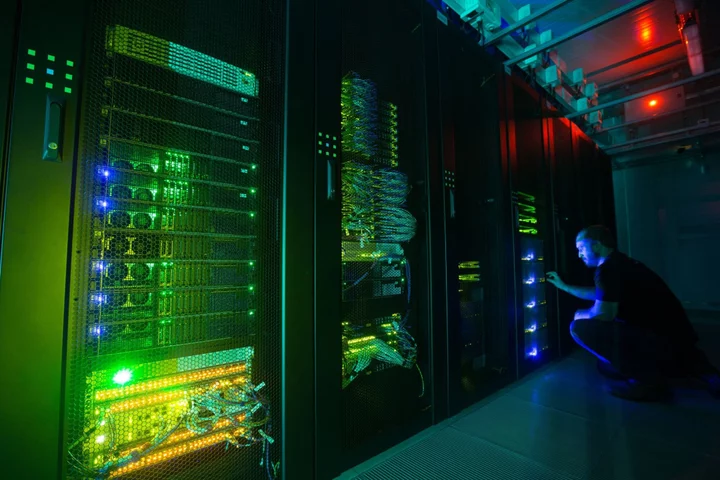
AI Data-Center Boom Will Spur Energy Crisis, Chip CEO Warns
The surging demand for artificial intelligence computing has a downside, according to chip-industry veteran Renee James: It’s sucking
2023-05-18 23:20
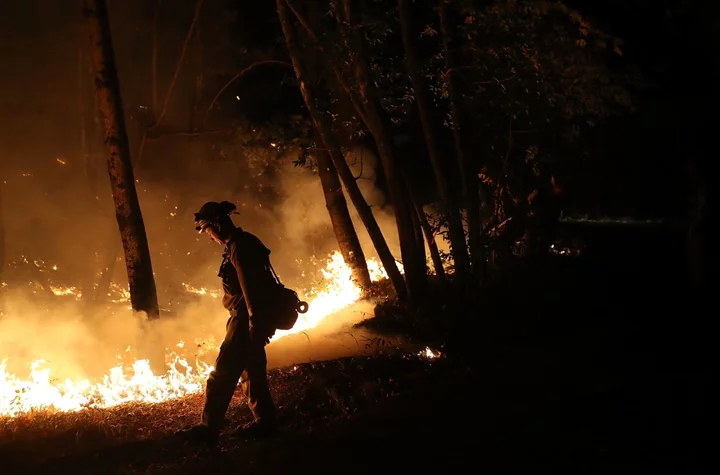
California Insurers’ Inability to Price Risk Is Causing Headaches
California regulations restrict insurers from using sophisticated computer models to consider the rapidly growing wildfire risks from climate
2023-06-07 04:29
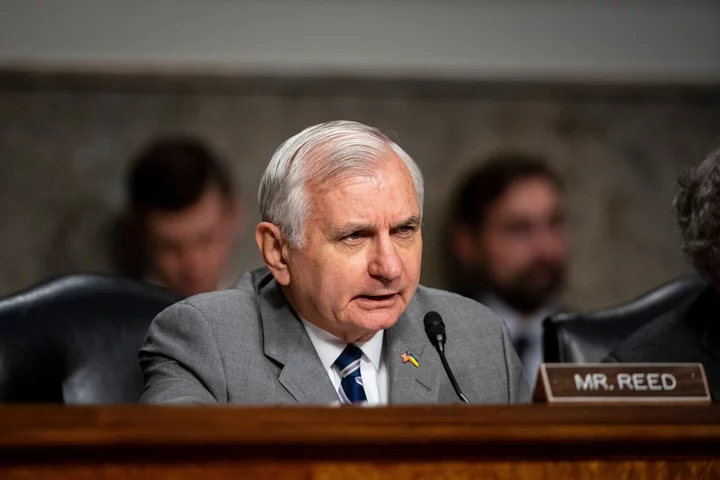
Venture-Capital Firms to be Held Liable for DeFi Sanctions Violations Under New US Bill
A new bipartisan Senate bill would hold venture-capital firms and other large investors accountable in some cases for
2023-07-20 00:53

The Best External SSDs for 2023
Need to expand the local storage on your PC or Mac for music and movies,
2023-05-27 11:26

Amprius Unveils Industry Leading Ultra-High-Power-High-Energy Lithium-ion Battery, Advancing Aviation and Electric Vehicle Performance
FREMONT, Calif.--(BUSINESS WIRE)--Aug 3, 2023--
2023-08-03 20:58

Google’s Ad Tech Dominance Sparks Breakup Threat From EU
Google was accused of abusing its dominance over advertising technology to crush competition, as the European Union fired
2023-06-14 20:54

Does IShowSpeed want Kick deal? Streamer messages Adin Ross: 'Omg, I need one'
Fans want IShowSpeed and Adin Ross back working together after Speed replied to the latter's tweet regarding a Kick deal through an alternate account
2023-06-14 20:20

China's answer to Boeing and Airbus isn't as 'homegrown' as it seems. Here's why
China is claiming a historic win this week after its answer to Boeing and Airbus, the C919, took to the skies for its first commercial flight.
2023-06-03 09:48

Get Unlimited Lifetime Web Hosting This Labor Day With Bono Host for $49.97
Everyone needs a website for a small business, as part of a job search, or
2023-09-04 20:27
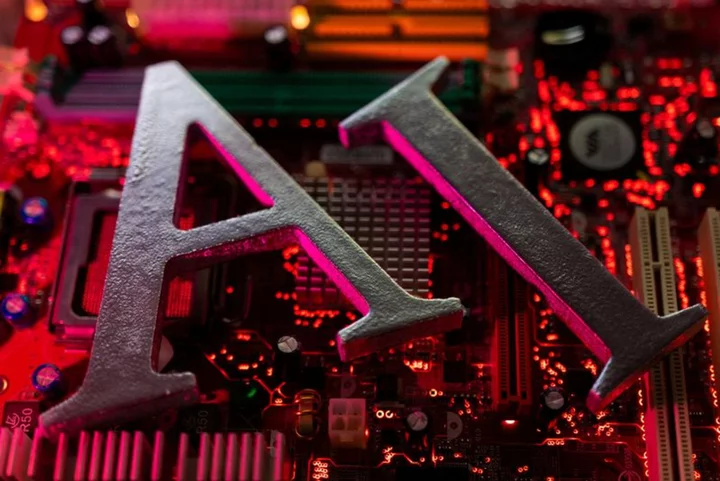
ECB looks to AI to better understand inflation after big misses
FRANKFURT The European Central Bank is looking at how artificial intelligence could help improve its understanding of inflation
2023-09-28 18:58

Apple introduces M2 Ultra
CUPERTINO, Calif.--(BUSINESS WIRE)--Jun 5, 2023--
2023-06-06 01:21

AI Can Save the World From a Decade of Low Growth, Former UK Premier Says
Artificial intelligence can rescue the global economy from ten years of low growth, former UK Prime Minister Gordon
2023-09-26 03:21
You Might Like...

Canada Is Betting on Immigration for an Economic Boost: Big Take Podcast
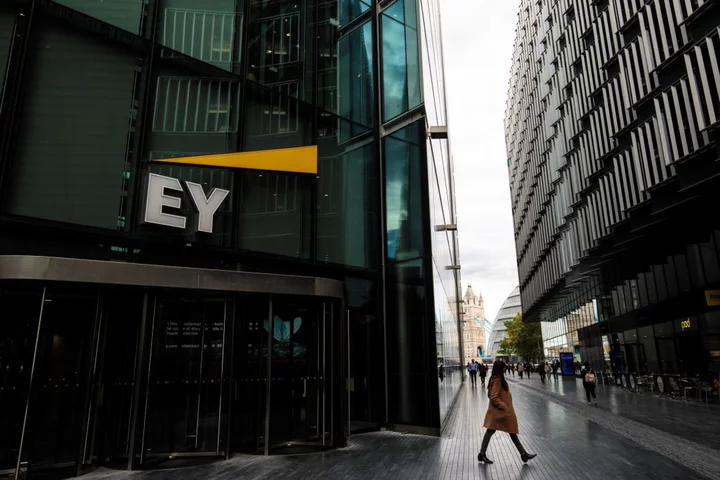
EY in Talks to Close London Bridge Headquarters as Staff WFH

The Witcher director Marc Jobst explains why he believes Henry Cavill quit as the fantasy series' lead

The Israel-Hamas war reveals how social media sells you the illusion of reality

Paige Spiranac takes fans on trip down memory lane of her golf influencer career: 'It's been all worth it'

Tesla under federal probe over mysterious project to build ‘glass house’ for Elon Musk, report says

Coinbase launches nonprofit crypto advocacy group

Get access to 100s of Mac apps for under £70
